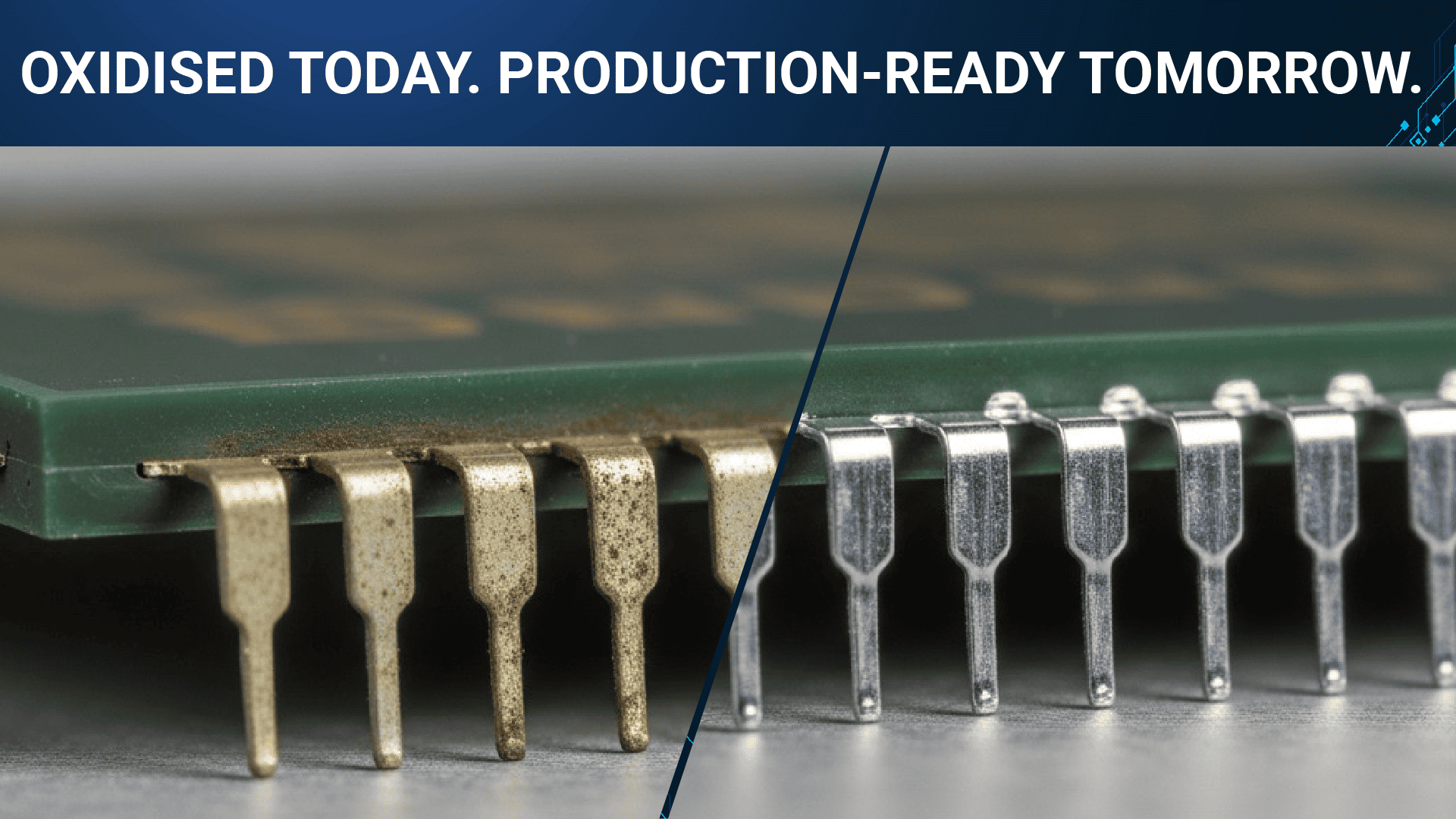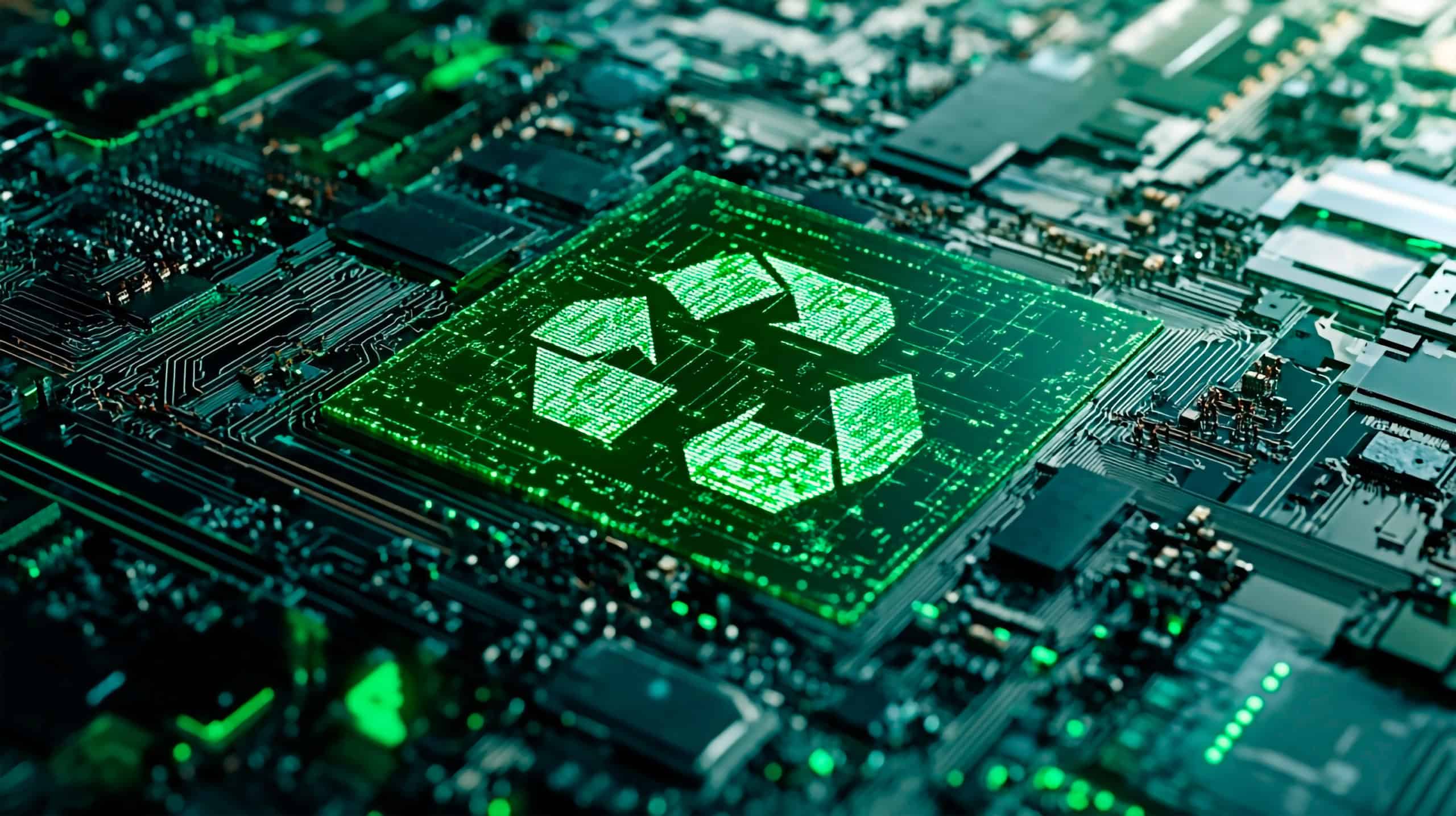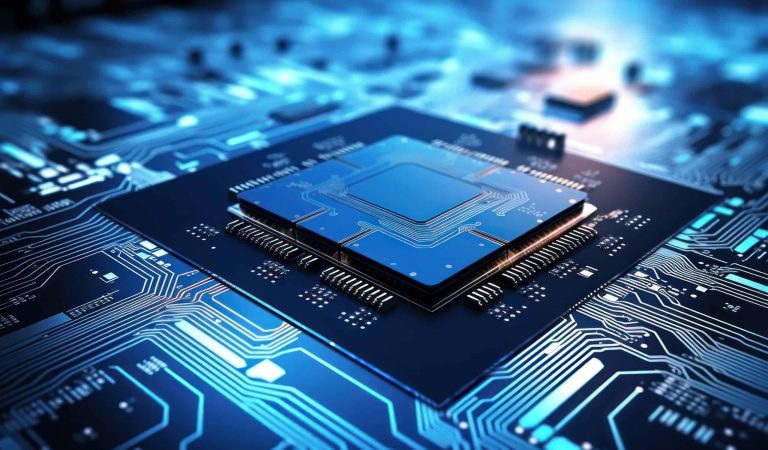Long-Term Storage of Electronic Components: How to Mitigate Risks & Ensure Reliability?
In high-reliability industries such as aerospace, defence, automotive, and railway, electronic components are often stored for years, sometimes decades, before they are finally assembled onto printed circuit boards. Whether it’s due to last-time buys, inventory management strategies or simply safeguarding against supply chain disruption, long-term storage is a common practice.
Why Are Electronic Components Stored Long-Term?
There are several reasons why manufacturers store components or entire circuit boards for extended periods:
- End-of-life (EOL) / Last-Time Buys
- Buffer Stock for Critical Programmes
- Slow-Moving or Low-Volume Builds
- Cost Control and Logistics
The Hidden Problem: Cost of Proper Storage
In theory, components should be stored in dry cabinets or controlled environments with regulated humidity and temperature. In reality, proper storage is expensive and that’s where things could go wrong
To reduce overheads, many companies store reels, trays or even entire PCBs in unsuitable environments such as: Uncontrolled warehouses, Production floor shelving, General packaging without nitrogen or desiccants. What starts as a “temporary measure” often becomes years of exposure to moisture and atmospheric contaminants. This accelerates oxidation, corrosion and potentially tin whisker growth.
According to a study published by CALCE at the University of Maryland, over 50% of electronic component failures during assembly are linked to storage-related degradation, most commonly due to oxidation of terminations.
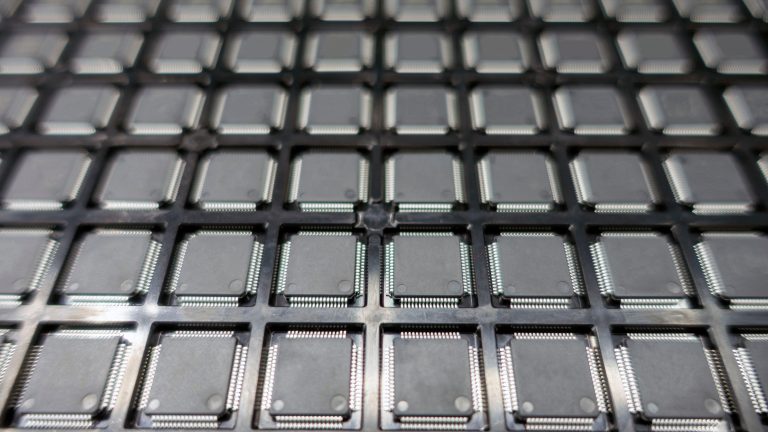
What are the potential risks?
In practice, operators may often open a reel or tray, use part of it, and reseal it for “later use.” This introduces 2 major risks: (1) Oxidation of Lead/Termination surfaces, this could lead to poor solder wetting and open joints. (2) Moisture Absorption, could lead to “popcorning” during reflow.
Studies from NASA and the UK’s National Physical Laboratory (NPL) show that exposure to uncontrolled ambient conditions can increase contact resistance by 5–10x. Once oxidation forms, it cannot simply be cleaned off. The solder joint may appear fine during reflow but will fail under stress testing or thermal cycling.
What is the solution?
This is where Retronix steps in. We understand that ideal storage conditions aren’t always practical which is why we offer recovery and refurbishment services to bring poorly stored or aged components back to production readiness.
Retronix specialises in restoring components by offering:
- Retinning / Alloy Refresh – Removes oxidation and applies fresh solder coating.
- Alloy Conversion (e.g. Pb-Free to SnPb) – Required for high-reliability sectors where RoHS exemptions apply.
- Reballing for BGA Packages – Applies new solder spheres meeting IPC/J-STD-033 requirements.
- Lot Testing & Certification – Verification under ISO 17025 (to AS6171) and AS6081 methods.
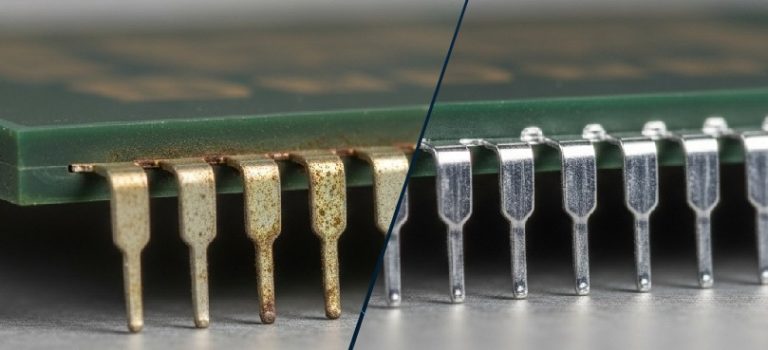
Long-term storage is unavoidable, but unmanaged storage is risky. Whether you’re holding stock for sustainment, service programmes, or long lifecycle builds, it’s critical to:
- Track storage duration
- Limit exposure to ambient conditions
- Avoid reusing partially opened packs without reconditioning
Get In Touch
If you already have ageing components or suspect solderability degradation, Retronix can evaluate and restore them — preserving both cost and continuity of supply.

